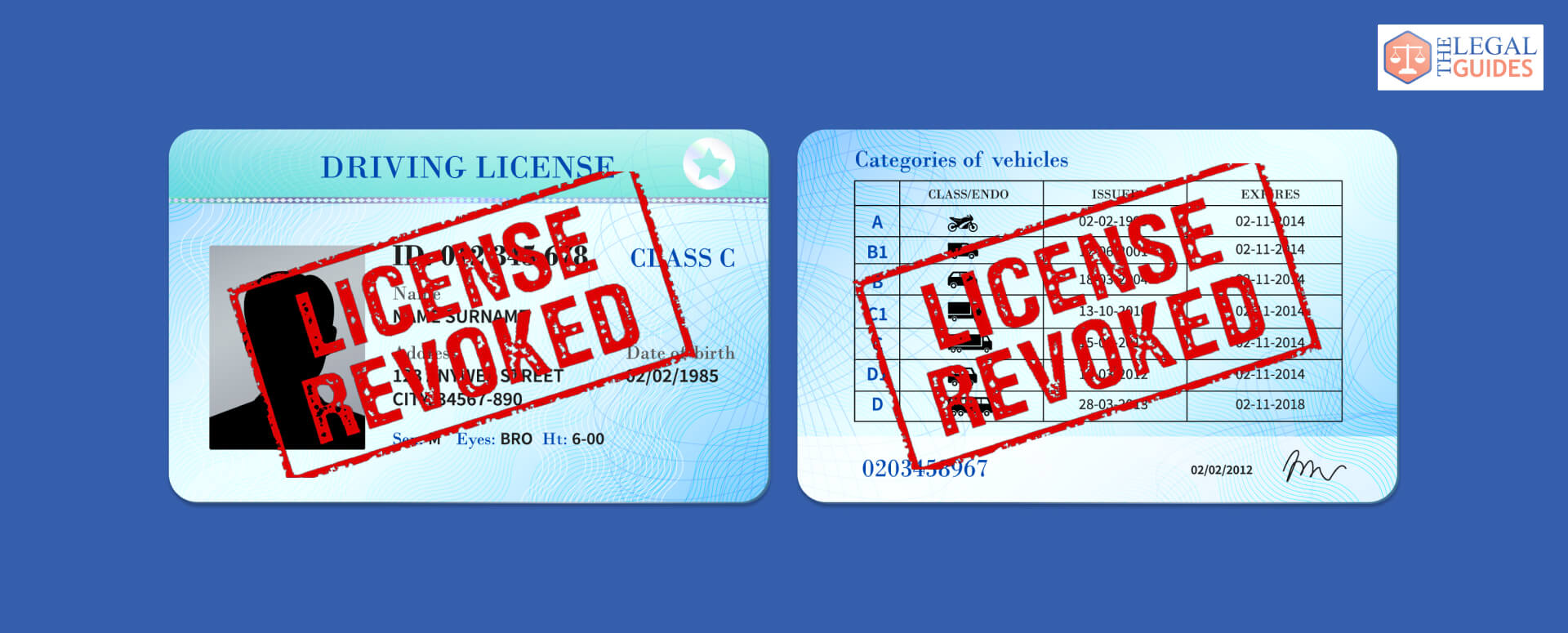During the moment when a person is blamed for a criminal offense, the first official contact with the judges’ chamber, the court system, is usually their hearing at the arraignment.
This process may seem scary at first. However, it is a very important step that the accused knows what charges have been filed against them and what rights they have in the future.
Essentially, an arraignment means that guilt or innocence are not disproved—this is a discussion on how the case would proceed further in the court.
More so, knowing the arraignment is very important for the defendants, the victims, and the public as it points to the opening of the judicial process in criminal cases.
In this article, I will talk about the following things:
- What is an arraignment?
- What are the different types of an arraignment?
- Key aspects of an arraignment.
- Legal impacts of it.
Additionally, I will also talk about the questions that people often ask about what an arraignment is. So, if these are some of the things that you want to know, keep on reading this blog till the end …
What Is An Arraignment?

An arraignment is the first court proceeding in a criminal case where the defendant is formally informed of the charges against them. At this stage, the court also ensures that the defendant understands their constitutional rights, such as the right to counsel and the right against self-incrimination.
According to Cornell Law School’s Legal Information Institute (LII), an arraignment “is the first step in a criminal proceeding where the defendant is brought in front of the court to hear the charges against them and enter a plea.”
During arraignment, the defendant typically enters a plea: guilty, not guilty, or no contest.
What Are The Types Of Arraignments?
The arraignment process can vary significantly depending on the nature of the offense, the court system, and the jurisdiction. Common types include:
- Initial Arraignment (First Appearance): This usually happens shortly after an arrest. The judge notifies the defendant of the charges, sets bail, and outlines the next steps in the case.
- Felony Arraignment: The felony cases’ arraignment is a more official process. Defendants are generally allowed only to do this in person, and the court may discuss aspects of bail or pre-trial detention at that time.
- Misdemeanor Arraignment: In the event of minor violations, the process of arraignment might be accelerated, and if the defendant has his lawyer, then personal appearance is not compulsory.
- Video Arraignment: It is a type of court that is getting more and more common, especially after the COVID-19 pandemic. It allows a virtual appearance of the defendants from jail or any other place.
- Grand Jury Indictment Arraignment: In the case where charges are filed through a grand jury indictment (mostly federal), the arraignment is the time when the indictment is read, and the defendant makes a plea.
What Are The Key Aspects Of An Arraignment?
Find Law mentions that it “comes shortly after a defendant’s arrest and booking, often combined with a bail hearing. The arraignment is typically the first court date for defendants who were not arrested but served with a summons or citation.”
The arraignment process consists of several vital elements:
1. Notification of Charges: The court formally reads or provides the charging documents.
2. Advisement of Rights: The judge informs the accused of his rights, for instance, the right to have a lawyer, the right to remain silent, and the right to a speedy trial.
3. Entry of Plea: In response to the accusations, the defendants are given the option to take any of the following pleas:
- Guilty: Calling for the sharing of the blame.
- Not guilty: Denying the accusations.
- No contest (nolo contendere): Not claiming guilt and not questioning the charges.
4. Bail and Release Conditions: The magistrate can determine the amount of bail, allow the defendant free release, or assign conditions (e.g., limitation of movement).
5. Scheduling of Next Steps: The court determines the dates for hearings, pre-trial conferences, or trials.
How Does An Arraignment Happen?
According to Find Law, the process of an arraignment, “usually occurs in a courtroom. Sometimes arraignments happen in a particular room inside the jail or even through a video feed.”
The process usually happens with the following steps:
- Arrest and Charging.
- First court appearance.
- Reading of the Charges.
- Legal Representation.
- Plea Entry.
- Bail or Detention Decision.
- Next Proceedings are Scheduled.
Read Also: How to Win the Petition for a Writ of Certiorari?
What Are The Legal Impact Of An Arraignment?
An arraignment is a major legal event that has consequences beyond the area where the case is being handled. The arraignment is the first time a person will be formally informed of the charges and will be called upon to enter a plea.
Below are some of the ways in which an arraignment legally impacts.
- Protects Defendant’s Rights.
- Starts the Timeline for Legal Proceedings.
- Influences Bail and Pre-Trial Freedom.
- Establishes Formal Record.
- Determines the Mood of the Case.
Read: What Is An Appellate Jurisdiction: Legal Definition & Meaning
Frequently Asked Questions (FAQs):
Here are some of the questions that people often asked when they are searching about what is an arraignment. Take a look at them before you leave:
Not at all. Arraignment is a very first hearing where the defendant is given information about the charges and rights. It is in a way a preparation. The trial, on the other hand, is where the decision about the defendant’s guilt or innocence is made.
Definitely. In fact, a plea given at arraignment is usually allowed to be changed at a later time with the permission of the court.
The court may issue what is called a bench warrant which authorizes the law enforcement officers to arrest the defendant.
Maximum cases, yes. However, there are some exceptions where minor infractions in certain jurisdictions may not have a formal arraignment if the fines are paid.
Indeed. It is quite a common scenario where courts have video arraignment and thus, the defendants who are in custody can do so through remote access.
















